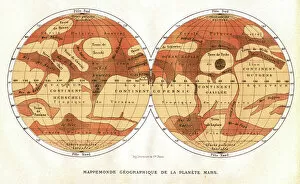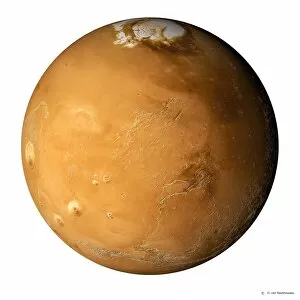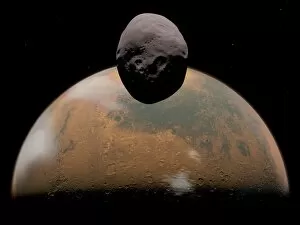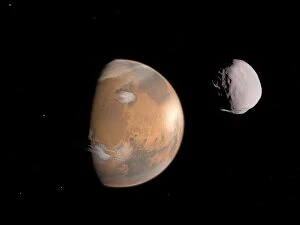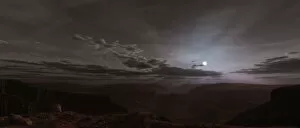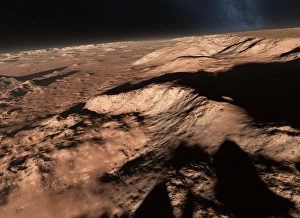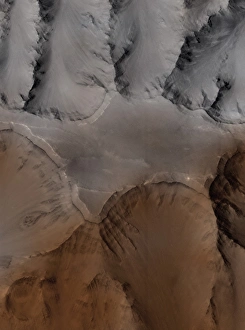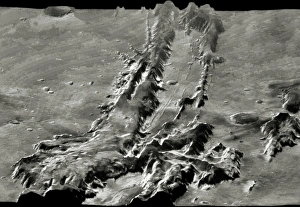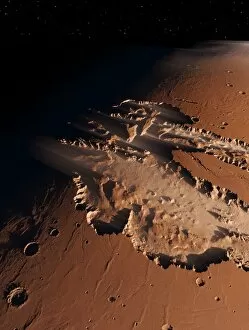Valles Marineris Collection
Valles Marineris, a captivating feature on the red planet Mars, is truly a sight to behold
All Professionally Made to Order for Quick Shipping
Valles Marineris, a captivating feature on the red planet Mars, is truly a sight to behold. This colossal canyon system stretches over 4, 000 kilometers across the Martian surface and plunges to depths of up to 7 kilometers. As we explore this mesmerizing geological wonder through various images and artistic renderings, we are granted an extraordinary glimpse into the mysteries of our neighboring planet. In a global mosaic of Mars, Valles Marineris stands out as one of its most prominent features. Dating back to 1881, when maps were first created depicting Mars' intricate details, this awe-inspiring canyon was already capturing imaginations. From composite satellite images showcasing Valles Marineris in all its grandeur to artists' concepts that bring it to life with vivid colors and textures against the backdrop of Mars' barren landscape - each depiction offers a unique perspective on this natural marvel. As we delve deeper into these visuals, we can't help but be reminded that Valles Marineris is just one part of the larger tapestry that makes up Planet Mars. A global color view reveals the stark beauty and rugged terrain that characterizes this enigmatic world. Adding further intrigue are artists' concepts featuring not only Valles Marineris but also some celestial companions. In one image, Phobos - Mars' tiny moon - hovers above while another showcases Dione alongside its parent planet. These imaginative portrayals ignite our curiosity about what lies beyond our own Earthly realm. Finally, an artist's concept depicts the Sun rising over Valles Marineris on Mars – a breathtaking scene where light pierces through deep crevices and illuminates ancient rock formations with an otherworldly glow. Valles Marineris continues to captivate scientists and space enthusiasts alike as they strive for greater understanding of our universe. With every new image or artwork unveiled, we inch closer towards unraveling the secrets held within this magnificent Martian canyon.


